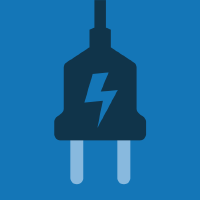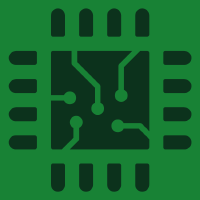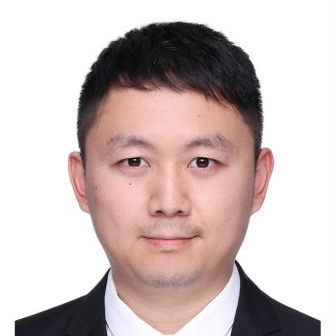Topic Editors

Advanced Wireless Charging Technology

Topic Information
Dear Colleagues,
With the improvement of people's pursuit of portability, safety, and reliability, the traditional “plug-in” charging method can no longer meet the needs of people's life. Wireless charging technology refers to a technology that uses corresponding equipment to send and receive inductive AC signals at the sending and receiving ends without the use of electrical wires. The technology has shown wide application prospects in different fields from milliwatts to megawatts and from near-field to far-field. Due to its safety, portability, and reliability, wireless charging has been widely used in some applications, especially for low-power consumer electronic products. However, with the concern on transfer efficiency, misalignment tolerance, charging power adjustment, and thermal reliability, the progress of wireless charging in high-power industrial applications is still slow. In order to advance the application process of wireless charging, the performance on high efficiency, strong misalignment tolerance, and thermal safety need to be further studied, including innovative work on compensation networks, loosely coupled transformers, circuit structures, control methods, thermal modeling, and charging profile optimization. The research goal is to solve the theory and practice problems of high-power wireless charging systems, especially for electric transportation, smart grid, automatic guided vehicles, industrial sensors, and other applications. Topics of interest for publication include, but are not limited to, the following:
- Wireless charging for electric vehicles;
- Wireless charging for industrial sensors;
- Wireless charging for industry vehicles, such as automatic guided vehicles;
- Wireless charging for underwater autonomous vehicles;
- Wireless charging control methodology;
- Dynamic wireless charging;
- Compensation circuit design for wireless charging;
- Magnetic coupler design for wireless charging;
- Thermal modeling and design for wireless charging;
- Optimal charging technology.
Dr. Chong Zhu
Dr. Kailong Liu
Topic Editors
Keywords
- wireless charging
- energy harvesting
- low-power electronic device charging
- high-power electric vehicle charging
- resonant converters
- magnetic design
- thermal modeling and design
- charging power control
Participating Journals
| Journal Name | Impact Factor | CiteScore | Launched Year | First Decision (median) | APC | |
|---|---|---|---|---|---|---|

Applied Sciences
|
2.7 | 4.5 | 2011 | 16.9 Days | CHF 2400 | Submit |

Batteries
|
4.0 | 5.4 | 2015 | 17.7 Days | CHF 2700 | Submit |

Electricity
|
- | - | 2020 | 20.3 Days | CHF 1000 | Submit |

Electronics
|
2.9 | 4.7 | 2012 | 15.6 Days | CHF 2400 | Submit |

Sensors
|
3.9 | 6.8 | 2001 | 17 Days | CHF 2600 | Submit |

World Electric Vehicle Journal
|
2.3 | 3.7 | 2007 | 14.1 Days | CHF 1400 | Submit |

Technologies
|
3.6 | 5.5 | 2013 | 19.7 Days | CHF 1600 | Submit |

Chips
|
- | - | 2022 | 15.0 days * | CHF 1000 | Submit |
* Median value for all MDPI journals in the second half of 2023.

MDPI Topics is cooperating with Preprints.org and has built a direct connection between MDPI journals and Preprints.org. Authors are encouraged to enjoy the benefits by posting a preprint at Preprints.org prior to publication:
- Immediately share your ideas ahead of publication and establish your research priority;
- Protect your idea from being stolen with this time-stamped preprint article;
- Enhance the exposure and impact of your research;
- Receive feedback from your peers in advance;
- Have it indexed in Web of Science (Preprint Citation Index), Google Scholar, Crossref, SHARE, PrePubMed, Scilit and Europe PMC.


